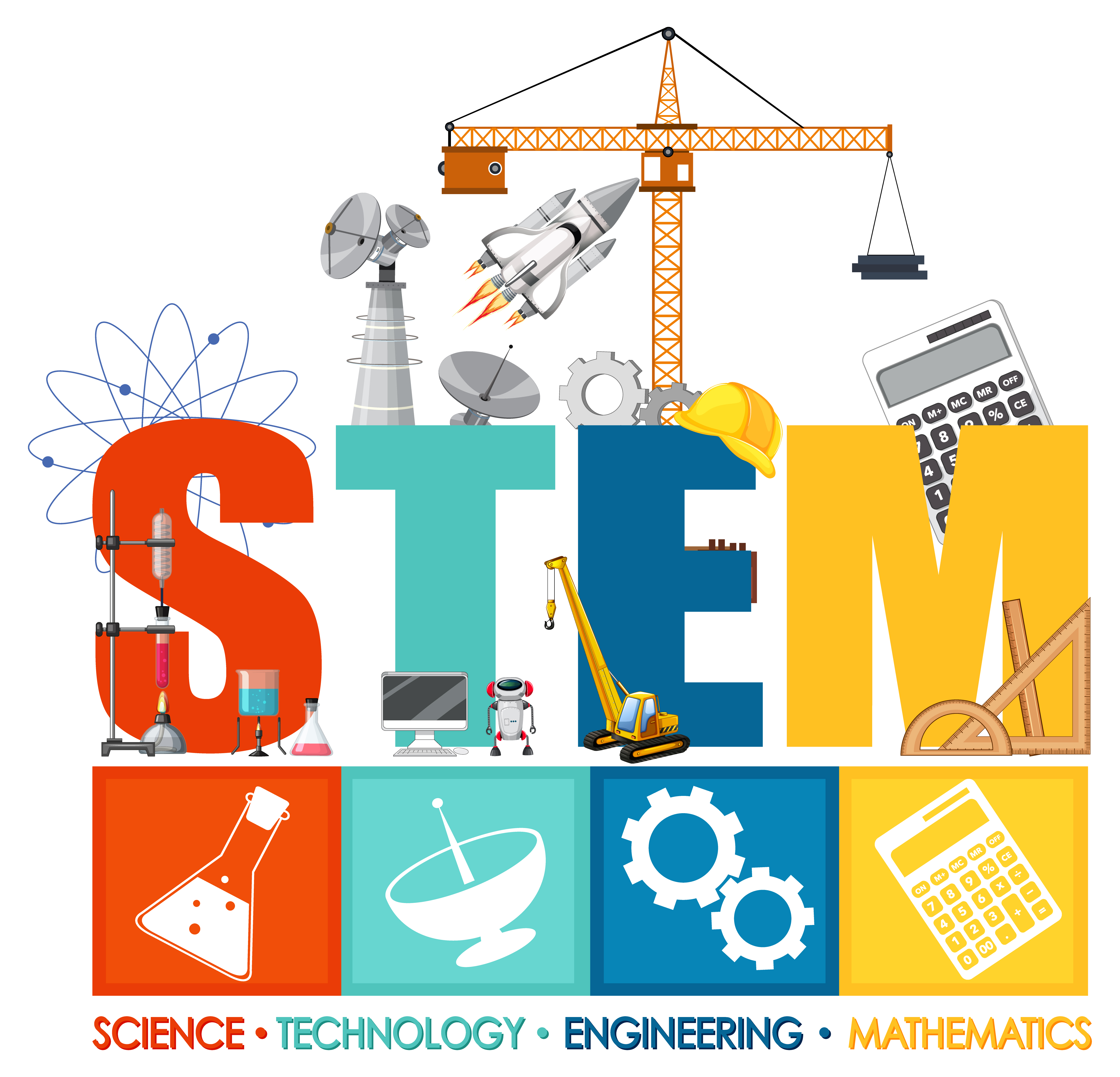STEM Education: Preparing Students for Careers in Science, Technology, Engineering, and Math
In today’s rapidly evolving world, STEM education (Science, Technology, Engineering, and Mathematics) has become a critical focus for schools, governments, and industries. As technology advances and global challenges require innovative solutions, preparing students with STEM skills is essential for their future careers and the economy as a whole.

Why STEM Education Matters
STEM fields drive progress in nearly every aspect of modern life, from medicine and artificial intelligence to space exploration and renewable energy. A strong foundation in STEM:
-
Boosts critical thinking and problem-solving skills
-
Prepares students for high-demand careers in tech, engineering, and healthcare
-
Encourages innovation and creativity, leading to groundbreaking discoveries
-
Promotes economic growth, as STEM industries are among the fastest-growing sectors
The Growing Demand for STEM Professionals
Jobs in STEM fields are expected to grow significantly in the coming years. According to the U.S. Bureau of Labor Statistics:
-
STEM occupations are projected to grow faster than non-STEM jobs.
-
Careers in computer science, data science, and engineering are in particularly high demand.
-
STEM professionals earn higher salaries on average compared to other fields.
Key Components of STEM Education
A successful STEM education program includes:
-
Hands-on learning through experiments, coding, and engineering projects.
-
Interdisciplinary teaching, integrating science, technology, engineering, and math into real-world applications.
-
Early exposure to STEM concepts in elementary and middle school.
-
Encouraging diversity and inclusion, ensuring underrepresented groups have access to STEM opportunities.
The Role of Schools and Teachers
Educators play a key role in shaping students’ interest and skills in STEM by:
-
Incorporating technology into the classroom, such as robotics and virtual simulations.
-
Providing mentorship and guidance to inspire students to pursue STEM careers.
-
Using project-based learning, encouraging students to solve real-world problems.
The Rise of Coding and Computer Science in STEM
With the digital revolution, coding and computer science are now essential skills for STEM careers. Many schools and online platforms offer:
-
Coding classes and boot camps for beginners.
-
Robotics and AI programs, teaching students about automation and machine learning.
-
App development and game design courses, making programming more engaging.
Encouraging More Women and Minorities in STEM
Despite progress, gender and racial gaps persist in STEM fields. Encouraging diversity can be achieved by:
-
Providing mentorship programs for girls and underrepresented groups.
-
Showcasing diverse role models in STEM careers.
-
Creating inclusive learning environments, where all students feel encouraged to explore STEM.

The Future of STEM Education
As technology advances, STEM education will continue to evolve with:
-
Virtual reality (VR) and augmented reality (AR) for immersive learning experiences.
-
AI-powered tutors, offering personalized learning paths.
-
Stronger industry partnerships, allowing students to gain real-world experience through internships and apprenticeships.
Final Thoughts
STEM education is not just about preparing students for future jobs—it’s about equipping them with the skills to solve global challenges, drive innovation, and shape the future. By fostering curiosity, creativity, and problem-solving abilities, STEM programs are paving the way for the next generation of scientists, engineers, and technology leaders.












